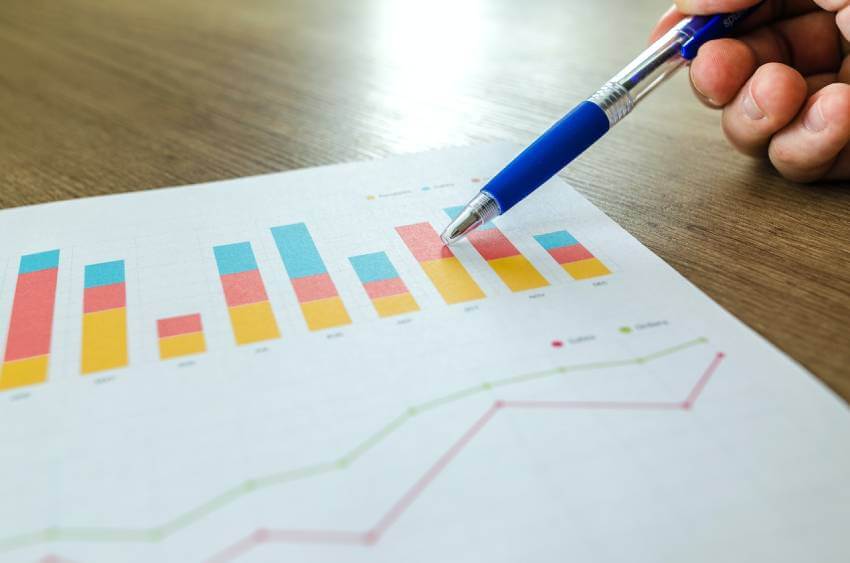Table of contents
What is the price level?
The price level is an average of the given price applied across the entire product portfolio offered by the economy. Generally, the price level is about the price of goods and services and the security factor within an economy. One should indicate that price level can be expressed through small ranges, also known as security prices.
In the context of economies, the price level is the key indicator and is considered to be a key factor assessed by economists. Price level plays a crucial role in determining the purchasing power of consumers. Besides, they are significant in evaluating the degree of sales of goods and services. Finally, the phenomenon is broadly applied in the context of supply-demand chain consideration.
Understanding of the price level and price index
Essentially, when it comes to an understanding the meaning of a price level, one can use two particular approaches. The first is about the price of goods and services a consumer or other entity can offer to purchase a good, a service, or a security in any given economy. In such a context, the price level rises as demand increases and vice versa. The second meaning of a price level directly relates to the price of assessment traded on the market. It is often coined as a support and resistance approach—demand for a security increases when its price level drops.
It is crucial to understand that the movement in the context of a price level is used as a direct reference toward inflation and deflation. In other words, two concepts correlate to the rising and dropping of different prices. If the price level rises too quickly, it means an economy is experiencing inflation. In such a case, a central bank can tighten monetary policy and raise the interest rate to compensate for the quick rise. It decreases the volume of money in the system, thus reducing the aggregate demand. In contrast, when deflation occurs and prices drop too rapidly, the central bank can make monetary policy less tight, thus increasing the supply along with aggregate demand.
The price level in the economy
In the economy, the price level directly refers to the buying power of money. Professionals in economics describe the entire condition of the economic system by evaluating how much people can purchase with the same value of a particular unit of currency.The most well-recognized price level is the consumer price index (CPI). The price level is assessed through a specific approach known as a basket of goods. Essentially, a collection of consumer-based goods are evaluated and examined. Changes in the price on such a basket of goods are monitored and measured to determine whether the price level is rising or dropping.

When measuring price levels, weighted averages are often used instead of geometric tools. In such a context, the price level illustrates prices at any given time. By comparing these illustrations, economists can determine the broader changes in price over certain periods. The impact of the price level concept on any given economy is so great that it shows the changes in broad production measures, including gross domestic product. This makes price level one of the most watched indicators on the market. Economists believe that in stable economies, price levels should be stable as well.
The price level in the investment world
When determining the role of the price level in the investment world, there are several key aspects to mention. Traders get profits through manipulating securities, namely buying or selling them. Traders make a purchase or a sell when the price for security reaches a particular level. These price levels are also known as support and resistance, like the ones we discussed. In such a case, investors use their realms of price levels to anticipate entry and exit points.
In the equation, support is the price level where traders expect a downtrend. It can happen due to the pause in the concentration of demand. In addition, when the price of certain security decreases, the demand for the given share will conversely increase. This process forms the so-called support line. The second part of the equation, namely the resistance zone, is the one arising when a sell-off takes place, at the moment when the price for a security increases.
When traders properly identify the zone or either resistance or support, they receive valuable insights into the trading options. This is when the price level plays a crucial role in trading and investment. What is more, when a certain price reaches a particular point of either resistance or support, it will achieve one of two scenarios. The first one bounces back away from either resistance or support level, which violates the price level. The second scenario is about the bounce reaching the next resistance or support level.
All in all, one can see that price level can be applicable on many fronts. It grants various insights into the economy and explores the terms like inflation and deflation. However, as mentioned above, price level can also determine good investment opportunities.
FAQ
Find answers to some of the most common questions people have regarding the use of Competera.
Why is the expected price level important?
In the context of economics, the price level is presented as a key indicator of how the economy performs and where it moves. The expected price level is crucial because it shows the current state of consumer purchasing power and what to expect from the market in the future.
How is price level different from inflation and deflation?
The price level is used to show inflation or deflation. Inflation is the price level change toward reducing consumer purchasing power, while deflation is the opposite.








